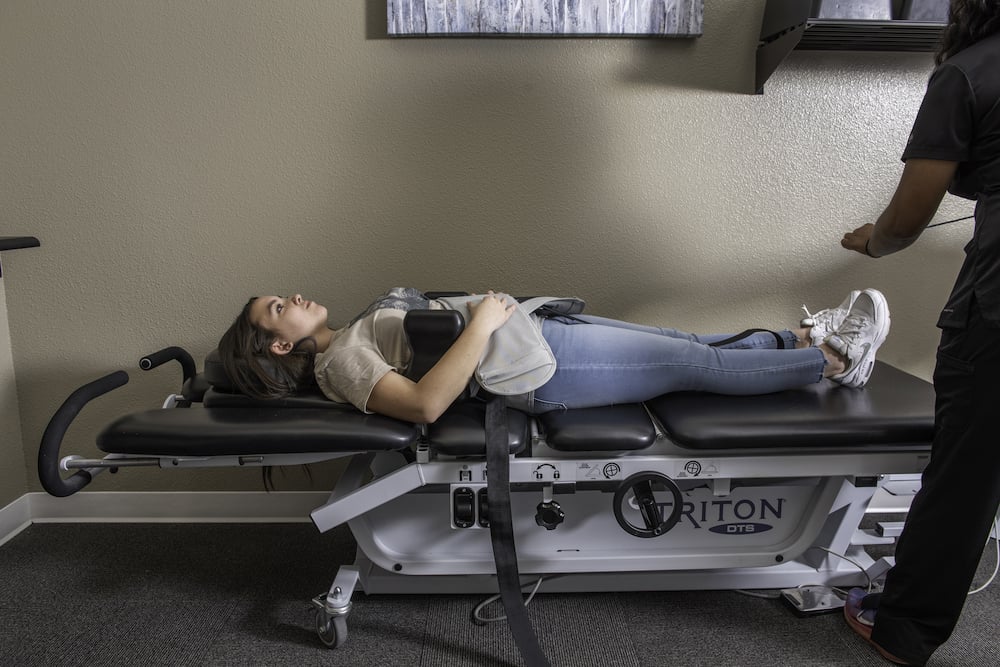Yoga Works With Chiropractic Care
3 min read

Yoga is supposed to be good for your back, but is it really? The truth is that the ancient practice can help relieve back soreness and improve function. However, you should talk to your chiropractor before starting yoga and get their advice on what poses might be best for your specific circumstance.
Here are some things to think about:
- Yoga releases physical and mental tension and stress. Relaxing poses such as child's pose can help you get ready for your chiropractic appointment and be loose when you get there, which saves your chiropractor time. Mental stress can also contribute to back pain.
- Yoga is designed to improve range of motion, flexibility, and core strength. All of these things can not only relieve mild pain, but can help your body gain the strength it needs to avoid future injury. Yoga poses can also encourage proper spinal alignment and help improve your posture. Yoga will help strengthen joints and ligaments and reduce inflammation. Because your body is relaxed and flexible, your chiropractor will have to do less prep work to get you ready for an adjustment.
- Yoga improves your awareness of your own body. By doing yoga poses you will become aware of your current state of fitness and how your body works. Your yoga instructor is also trained to help you with your awareness of your body. This will help you avoid overextending and stressing your body and causing injury from attempting activities you are not ready for.
- Yoga strengthens all of your muscles, including the ones you generally don't think about. Because it is whole-body rather than targeted exercise, it also avoids the risk of over-strengthening part of your body at the expense of others, which can happen with some other forms of exercise.
- Because yoga is low intensity it puts less stress on joints, especially your knees and hips, than some other forms of exercise. Even people who have some difficulty walking can practice yoga, as long as they follow the advice of a trained instructor used to dealing with clients with limited mobility.
Yoga is not for everyone. You should stay away from yoga if you have severe pain, a spinal fracture or a herniated disc. However, once you have recovered from your injury, you may be able to introduce it. There are also some cautions:
- Yoga itself has been known to cause injury. Proper form is vital to avoid problems. Avoid yoga apps that provide only limited verbal description or cartoon images of poses. Go to an actual class.
- You need to go to a good studio near you. Your chiropractor may have recommendations. Check reviews and make sure that the instructor has a good reputation. Some studios may have classes specifically for back pain relief.
- You must tell your instructor about any pain and limitations you have before your first class. They will be able to help you with modifications for poses which might cause a problem, specific guidance, or recommendations for specific poses or stretches you might benefit from.
- You need to do the right poses. Articles like the one linked are not substitutes for an instructor but can help you by reminding you which poses you should do and how to hold proper form.
- Yoga needs to be practiced consistently for best results. Follow the instructions of your instructor and your chiropractor to keep up with daily practice. You should be doing at least some poses every day, unless told otherwise or you have a good reason such as illness or emergency.
Yoga as a practice works well with chiropractic care, and some chiropractors may recommend yoga practice as a way to both recover from a minor back injury and prevent further problems. If you have back pain, then chiropractic care can help.
 to request an appointment today.
to request an appointment today.




